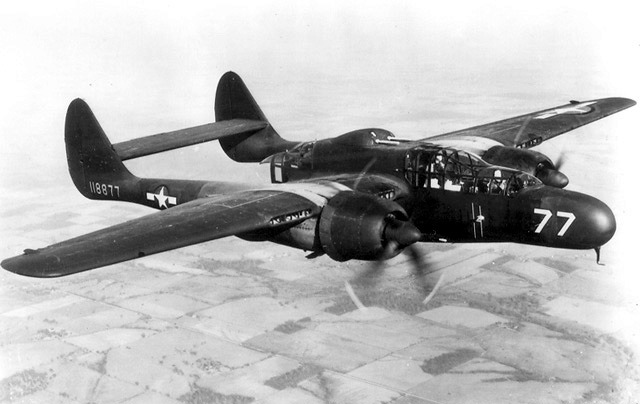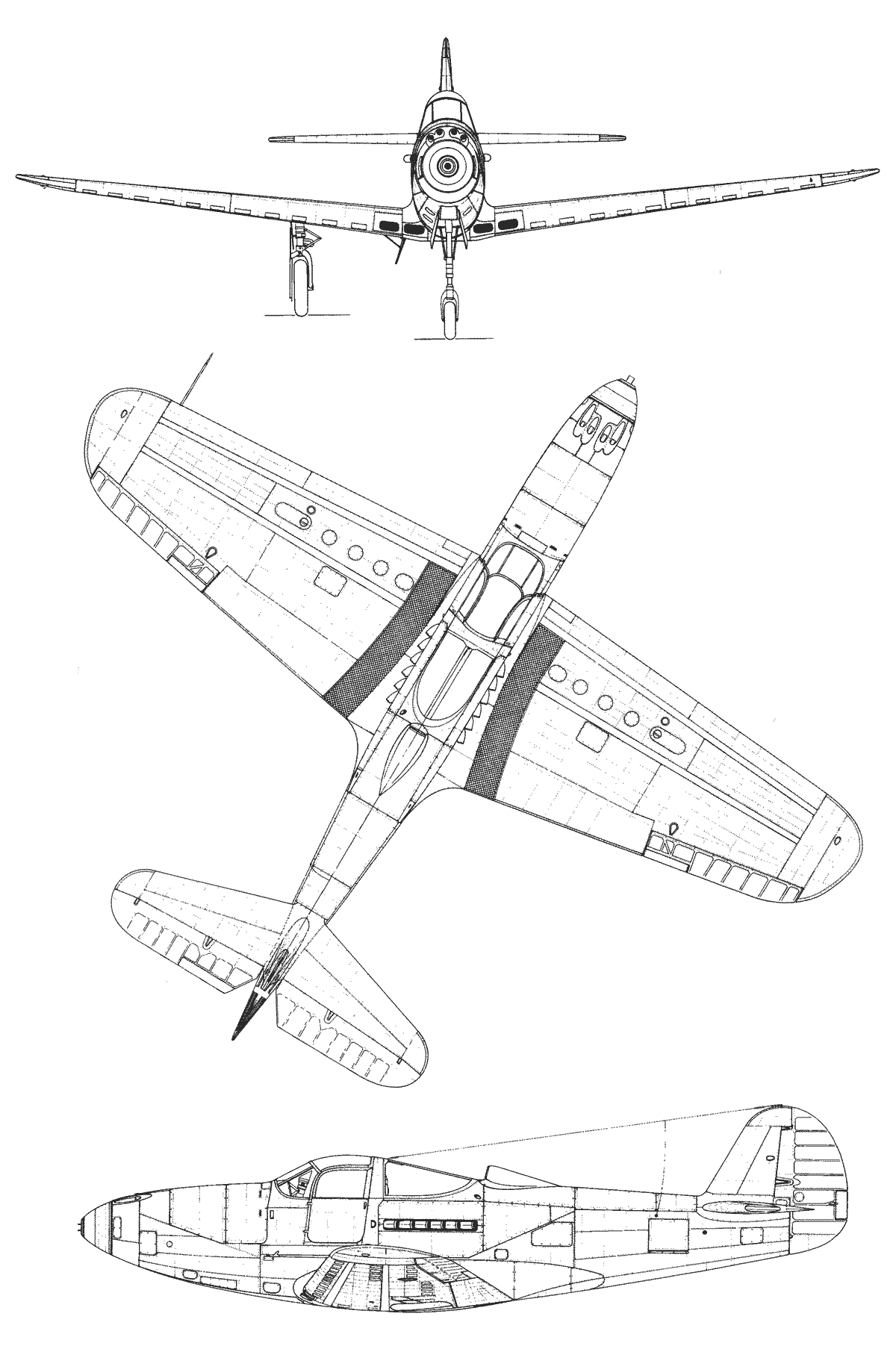With its engine located behind the pilot, the P-39 Airacobra was a revolutionary design, and one of the first single-seat fighters equipped with a tricycle landing gear. A long shaft between the pilot’s legs drove the propeller, and a 37mm cannon fired through the propeller hub.
But, because of the rapid fighter development at the beginning of World War II, the P-39 soon was outclassed, the pilots would almost invariably prefer newer designs. Still, about 5000 P-39 were delivered to the Russian forces during the conflict, and Soviet pilots did make good use of the aircraft against ground targets such as tanks. The Airacobra had an extremely well protected cockpit, protecting the pilot from bullets when making low passes.
In 1940, the French and the British each had signed contracts for hundreds of export Airacobras. The order came too late for the French and the British found nothing to like in the P-39, so many of these airplanes were redirected to the Air Corps and designated as P-400s. The British Government sent most of its P-39s to the Soviet Union. The Army Air Corps had absorbed 179 Airacobras destined for England and most of these fighters went into action in the Pacific Theater with the 8th Pursuit Group at Port Moresby, New Guinea, in April 1942.
About 10,000 P-39 Airacobra were built between 1938 and 1945.
| Type: | Fighter and tank killer |
| Powerplant: | 1x 1,150hp Allison V-1710-17 liquid-cooled V12 |
| Max speed: | 611km/h (385mph) |
| Ceiling: | 13,106 m. (43,200 ft) |
| Range: | 1,080km (675 miles) |
| Weight (empty): | 2,900 kg (6,400 lb) |
| Max. T/O: | 3,656kg (8,052lb) |
| Wingspan: | 10.36 m (34 ft.) |
| Length: | 9.21 m (30 ft. 2 in.) |
| Height: | 3.75 m (12 ft. 5 in.) |
| Armament: | 1x 37mm M4 cannon firing through nose, 2x 12.7mm (0.5″) machine guns on nose, 2x 7.62mm (0.3″) wing-mounted machine guns |

